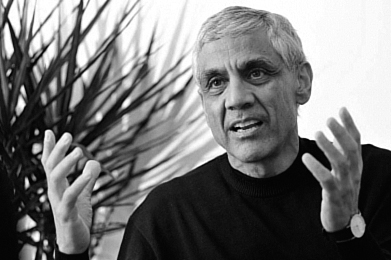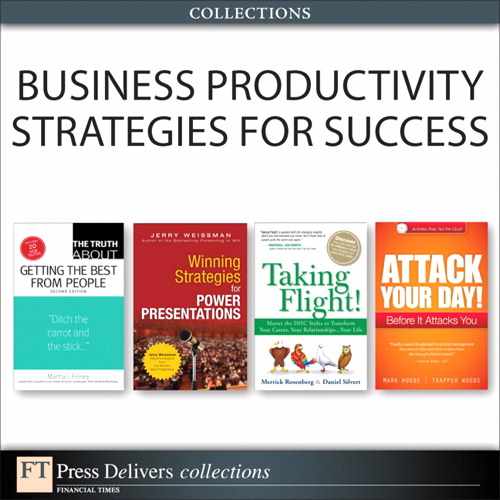19. Vinod Khosla’s Cardinal Rule
“Message Sent Is Not the Same as Message Received”

By any measure, venture capitalist Vinod Khosla is one of the most influential people in business today. In his long and distinguished career, Mr. Khosla has contributed to the growth of hundreds of companies, first at the renowned venture firm of Kleiner Perkins Caufield and Byers, and then, since 2004, at his own firm, Khosla Ventures. Among his notable successes are Sun Microsystems, Nexgen/AMD, Excite, and Juniper Networks. On their way to maturity, each of the many companies Mr. Khosla touched came under the scrutiny of his expert eye, assessing their business plans, balance sheets, strategic relationships, marketing materials, and especially their presentations.
To all of them, he applied his cardinal rule of communication: “Message sent is not the same as message received,” an eloquent statement of the obligation of all presenters to ensure that their target audience has received the intended message.
Fulfilling that obligation requires a full court press that can be described, with all due respect to Stephen Covey, as “The 7 Habits of Highly Effective Presenters”:
1. Analyze your audience in advance. Just as salespeople qualify their customers, presenters must qualify their audiences. In your preparation, gather as much information as you can about who they are, what they know, and what they want to know; identify their concerns, fears, and hot buttons.
2. Develop focused content. Armed with your thorough analysis, create content that addresses your audience’s interests. An essential part of this process is to eliminate irrelevant information—easier said than done because most presenters operate under the assumption that, for their audience to understand anything, they must tell them everything. Wrong! Tell them only what they need to know.
3. Offer multiple benefits. Infuse your pitch with benefits. Find multiple points in your presentation where you can insert a sentence that begins, “The reason this is important to you...” and then concludes with a benefit to your audience.
4. Customize, customize, customize. In today’s high pressure, high stakes business world, presenters—who have become time-constrained road warriors—try to save time by making a one-size-fits-all pitch. Wrong again! Use the information you collect about your audience in your preparation and insert references throughout your presentation. Keep it fresh and specific.
5. Track your progress as you present. The importance of eye contact in presentations is a given, but most presenters merely scan their audiences and see nothing. Read your audience’s reaction to your story. Look for their head nods. See if your message is being received.
6. Adjust your content. If instead of head nods, you get frowns or puzzled looks, pause in your narrative and add a brief explanation, or ask your audience if they have questions.
7. Respond to all questions in full. Whether you get questions during or after your presentation, you—unlike politicians—must respond. This is not to say that you must reveal strategic or confidential information, but you must address the issue in every question and give a reason when you cannot. Never evade.
Although Mr. Khosla applies his cardinal rule to the presentations of his existing portfolio companies—and those who aspire to become one of his portfolio companies—he represents every member of every audience of every presentation you will ever give. If you aspire to succeed, make sure that every message you send is received—loud and clear—by every audience.
